
These are 12 bad houseplant care habits that you probably didn’t know you were making that destroy your plant’s health.
I’m going to go over what they are and how you can avoid making them. So that you can have a happy and healthy plant in your home.
1. Too Much Gravel in Pots
I often see people doing a common one and one that is really bad for your plant’s roots and that is adding gravel or stones to the bottom of the pot your plant lives in.
This habit is a bit of an old wives tale and is used to help with water drainage in the soil.
Gravel is added to the bottom of the pot with the soil the plant planted on top. This is meant to stop the roots from sitting in excess water which can lead to root rot as there is a barrier between the soil and the bottom of the pot where the water collects.
But the problem here is that you are essentially reducing the amount of soil that the plant can use in the pot which will be unhealthy for the plants.
The only thing that will happen here is that the roots of the plant will want to grow into the gravel instead of the soil which will lead to unhappy roots. Instead of adding gravel to your plant’s pots, put your plant in a plastic nursery pot with drainage holes. So that excess water can escape from the pot.
2. Consistent watering
Watering all of your house plants the same way and at the same time is not good at all. You may have a watering schedule that you’re sticking to for all of your plants. But this is the wrong way to water your plants.
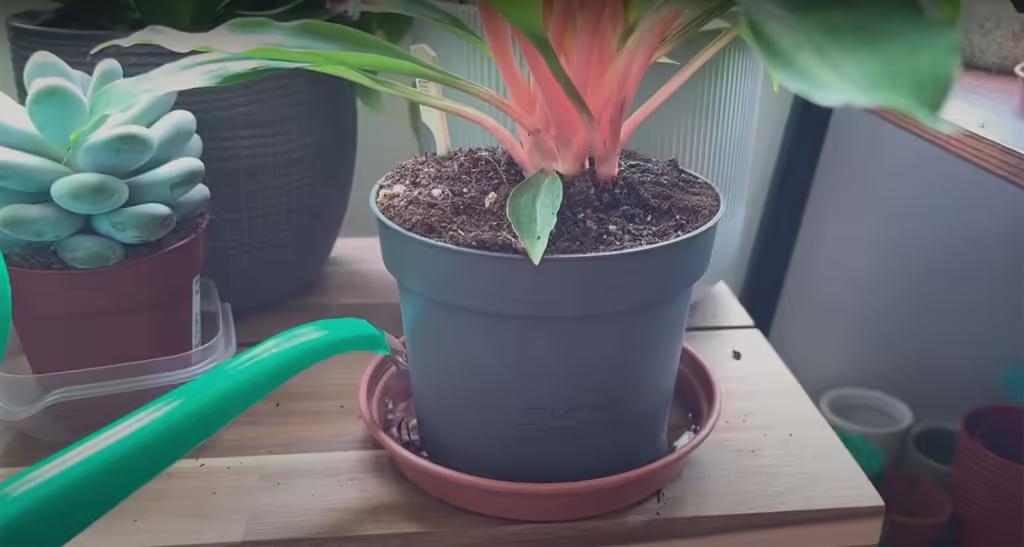
You may assume that all houseplants have the same needs. But this is so far from the truth. For instance, Tradescantia, Philodendron, plants, and Succulent have different watering needs.
If you were to water them all at the same time and in the same way you would have a selection of unhappy plants. Instead, learn what the water requirements are for each of your plants and check the moisture in the soil before watering. You’ll find that some plants only need water once a week and others once every two weeks. So I normally water my succulents about once every three weeks and my traditional tears every week for example.
3. Not pruning your House Plants
This is a really common mistake that people tend to make. That is not pruning your house plants. Understandably, we’re a little bit tentative when it comes to cutting down our plants that we have spent a fair bit of money on and lots of us don’t realize that pruning our plants will invigorate the plant and make them much healthier.
Generally, if you cut the stem of a plant, it will encourage the plant to send out two new shoots making your plant push you in the process. You won’t kill the stem or the plant from a cutting, pruning the stems of the plant keeps the plant looking fresh by encouraging lots of fresh growth which is great for your plant.
4. Not Checking for Pests
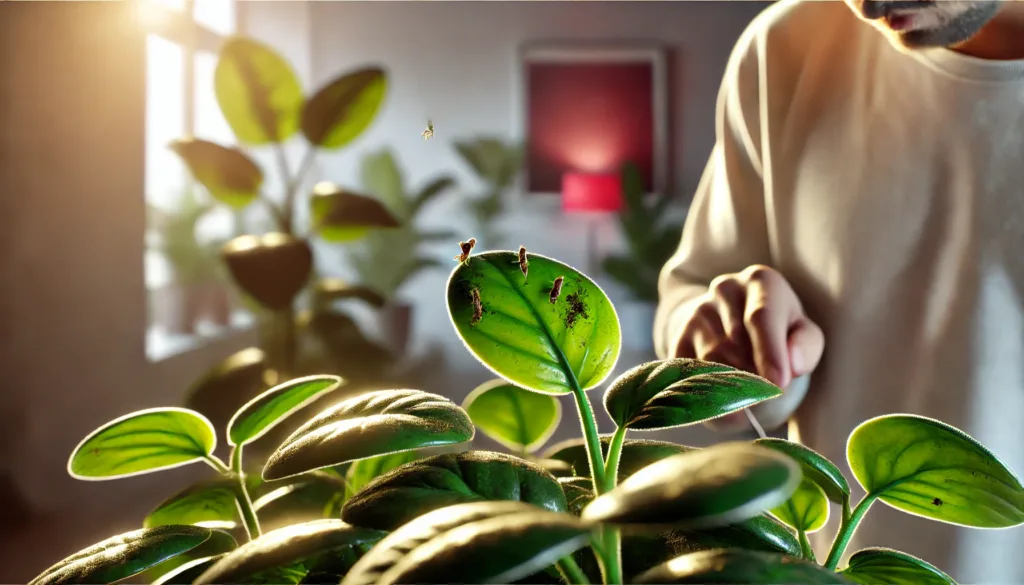
This is the most common mistake that kills so many people’s plants. This is not checking for pests. I can tell you I’ve always been pretty diligent about checking my plants for pests.
That doesn’t mean I’ve always been great about actually treating them preventatively. But I have been good at least keeping an eye on my plants. This is the biggest step towards not having crazy outbreaks.
I did have thrips and I was able to keep it under control. Because I caught it soon enough and luckily that never came up again. I haven’t had thrips.
I would say, weekly you should be checking all of your plants especially the irreplaceable plants for pests. At least once every month you should be wiping down your entire collection with insecticidal soap.
I recommend doing some preventative treatments at least once a month.
Just so that you never run into a really bad issue where you can lose your whole plant collection.
So make sure that you are really on top of cleaning off your plant’s leaves at the minimum with some water and a paper towel just wipe them down. So these infestations can’t grow over time without your knowledge.
5. Not researching your plant
We have to make sure we understand what they want. Not all plants are the same. Some plants require full sun to thrive such as Jade plants and others only want indirect sunlight to be happy such as Tradescantia.
If you have a plant that you are unsure what it likes, then do some research online. If you don’t know what the plant is called then just take a picture and search for it online using Google Lens.
Therefore, you have to research your plant very carefully and make sure you are giving what they want.
6. Exposing your plants to Direct Sunlight
So, placing your houseplant in direct sunlight can kill the plant. You may assume that all plants need as much sunlight as possible to photosynthesize and store energy. But I would say, this is not true with house plants. Putting your plant in full sun can burn the leaves and turn the plant yellow.
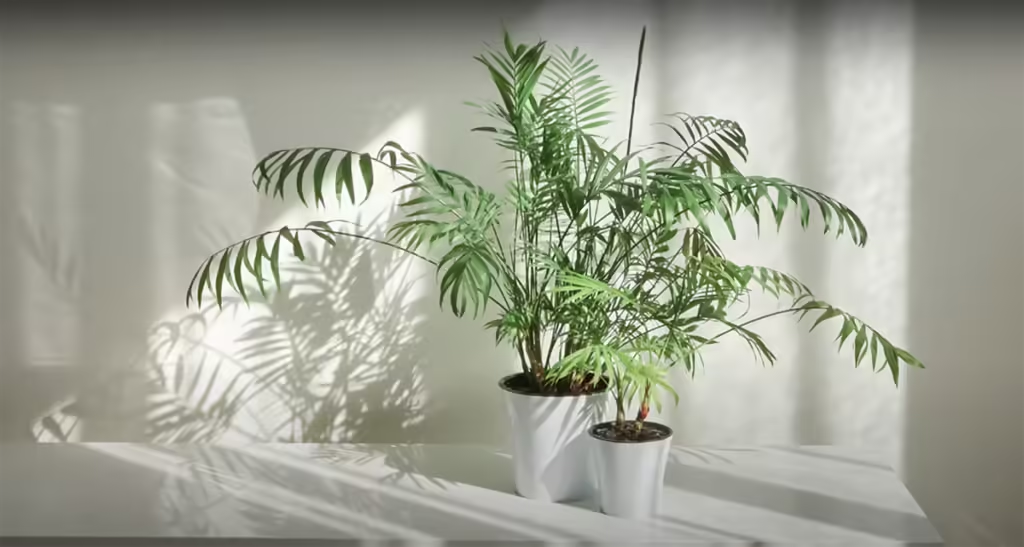
The house plants you have in your home probably hail from the forest floor of tropical rainforests where they get dappled sun throughout the day as they are overshadowed by the larger trees around them.
This means they never get prolonged exposure to direct sunlight. So when we put our tropical plant in direct sun, we tend to have a very unhappy plant.
Instead, keep your plant out of direct sunlight. A couple of hours of direct sun a day seems to be fine. But avoid prolonged periods in the sun.
7. Bad Repotting Practices
Most people lead very busy lives of course. This means that a lot of us buy a plant place it in our homes and forget about it apart from watering it occasionally. This neglect can mean that our plants get bigger and outgrow the pots that we brought them home in which leads to a root-bound plant.
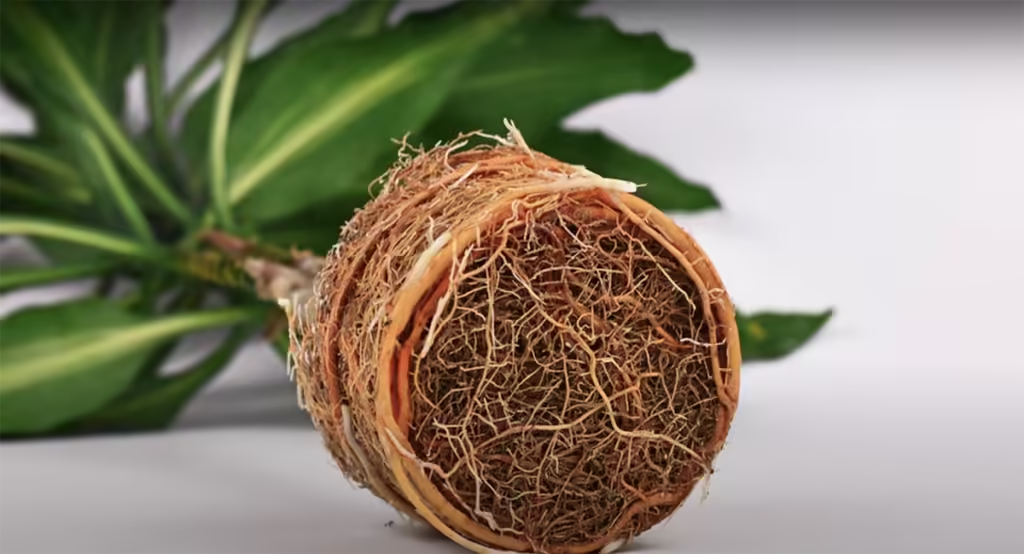
If a plant outgrows the pot it lives in, this can lead to a nutrient deficiency as there are too many roots in the soil in the pot. You will start to notice yellowing leaves on the plants and also the plant will seem unhappy.
It’s a good idea to check the root ball of your plant at least once a year in the spring to check whether the plant needs potting up into a bigger pot.
So gently lift the plant out of the pot and look at the roots, if they are circling the pot. then it’s time for a repot into a bigger pot.
So, always make sure, you are choosing the correct pot for your plant.
8. Fertilizing
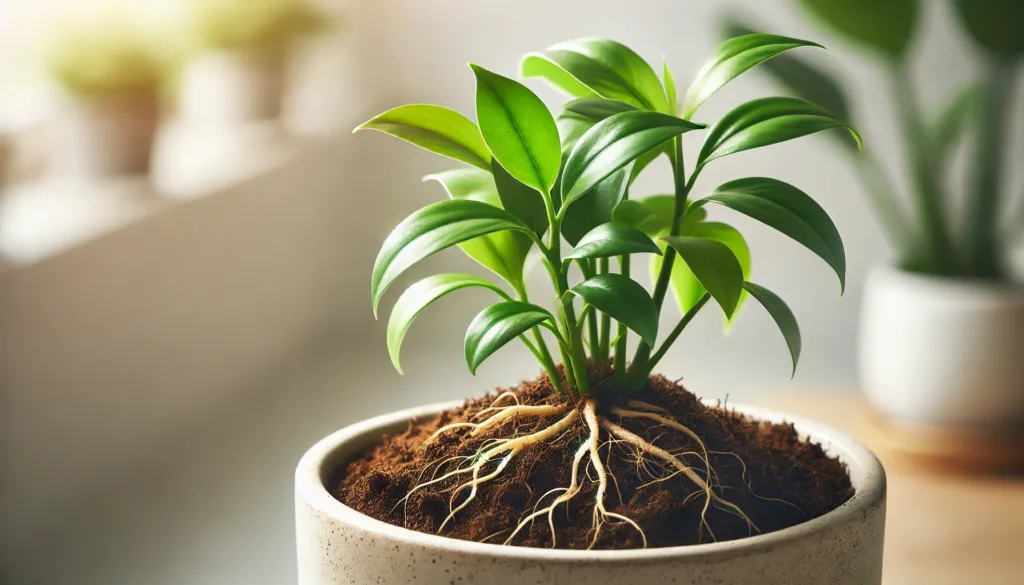
Beginner plant enthusiasts are often very keen to look after their plants and they tend to fuss over them in the beginning. It is over-fertilizing your plants.
Beginner plant owners may not understand how often they need to fertilize and it’s quite common for some folks to fertilize them every time they water the plant. This can be seriously detrimental to the plant and results in root burn.
Plants only need a certain amount of food. If we go over that, then the roots will become damaged and your plant will develop yellow leaves.
This can have long-term consequences for the plants and it will take a while for the plant to recover.
If this sounds like a plant you have then the best thing to do is to remove the soil from the plant, wash the roots thoroughly with fresh water and re-pot it into some fresh soil. Don’t fertilize again for a few months and see how the plant gets on.
Remember that most plants will do fine being under-fertilized you could probably get away with only fertilizing your plants once a year in the growing season.
You just might not see super strong growth and vibrant foliage.
9. Misting
There’s a common misconception out there that misting the leaves of your plant with a spray bottle increases the humidity of the plant which then makes it healthier. But sadly, I would say, this is just not true.
Misting your plant creates more problems than it solves. If you spray the leaves of your plants not only does it not increase the humidity around your plant.
It also increases the risk of fungus and disease spreading on your plant which is not what we want. Misting your plant only serves to moisten the leaves of the plants which then dries quickly therefore not really providing any extra humidity for your plants.
The amount of evaporation given off from the wet leaves will be so minuscule. So no extra humidity is provided. If you want to increase the humidity of your plants then you can group your plants to kind of create a microenvironment with higher humidity or you can invest in a humidifier that you can place next to your plants.
10. Moving Plants too often
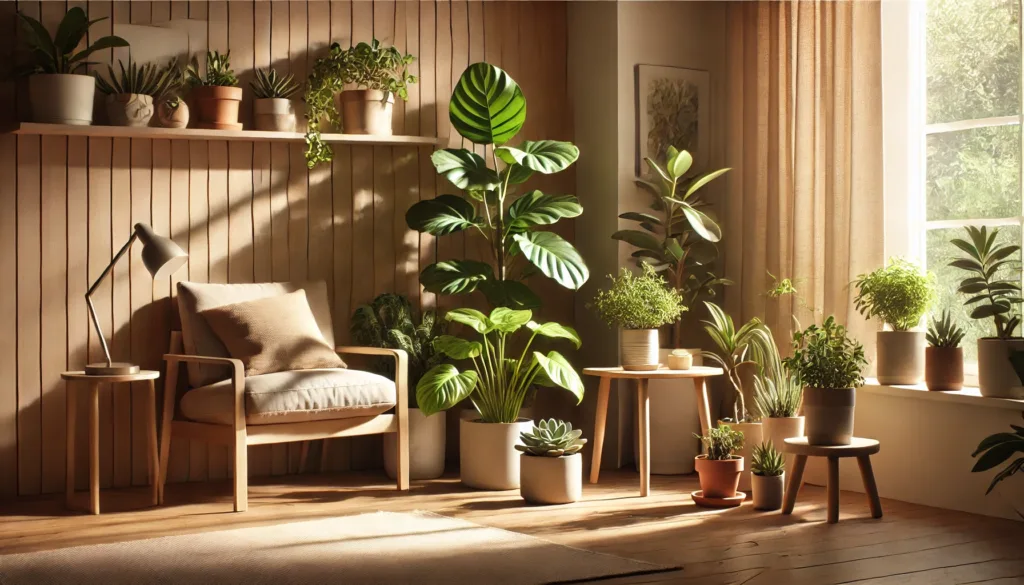
This is about moving plants around the home too often. I think we are all guilty of moving our plants around the house until we find the spot that we are happy with and that complements the styling of our homes.
The house plants though are surprisingly fickle things and they tend to like being left in their spot untouched.
If we move them often then they tend to get a little bit fussy and you may see some leaf drop. This is particularly true if you’re moving plants in and out of highlight positions, this will stress the plant out.
This is one of the reasons why some plants just do not do well when we get them home from the shop. The plant has become acclimatized to a spot in a shop and then we disrupt that when we take them home and sometimes they become very unhappy.
So my advice here is to just pick a spot in your home and try your best to not move them too often.
11. Giving up
Probably the most important bad habit we need to avoid when caring for our houseplants is giving up.
Everyone including myself makes mistakes when caring for our plants and we may see plant problems such as pests, yellowing leaves, or even plant death.
But we shouldn’t let this deter us from having plants in our homes. When I first got into plants, I made lots of mistakes and lost a few plants along the way. But importantly I learned from my mistakes and gained lots of good experience. I now think I’m a much better plant parent.
It could be tempting to give up and think plants are not for you. But, this would be a sad mistake having plants in your home is a wonderful thing. I believe it really improves our well-being and happiness being surrounded by nature.
12. Not add enough additives to your soil
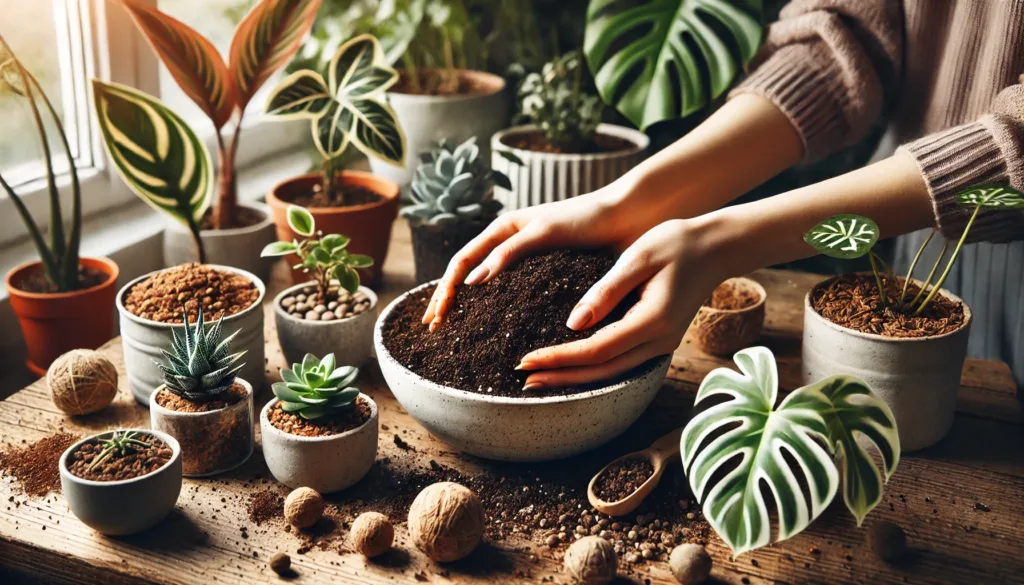
A lot of people will buy potting soil from the grocery store. Sometimes that’s okay.
Sometimes that works for Calatheas or bigger Monsteras. Sometimes they’re just okay with that. Because they are hardier plants. But some of the rare plants and more exotic plants that are a little bit harder to care for, often need some extra help in the soil department.
What I recommend is just to keep it somewhat easy for you guys without going over the top with soil additives. I would say stick with a mixture of 33% of soil, 33% of perlite, and 33% of bark.
If you look around you can find these products they’re not too difficult to find.
Bark you can easily find at the pet store. There is wrecked bark but just make sure that you are trying to make that soil as chunky as possible. And at the minimum at least add some extra perlite to that mixture.
Because that will be a big enough help you also want to make sure that you’re putting your plant into the right medium. What that means is, you’re not always going to want to plant your plants into the soil.
When you’re starting out soil is the easiest thing to grow your plants in. When you propagate, you’re probably going to put it into the water which again is one of the easier things to propagate in.
But as you advance your skills, you do want to make sure that you’re taking the time to really understand the care needs of that plant and choosing the medium that suits that plant the best.
If you have a plant that doesn’t have a great root system and like a little bit of humidity you may want to think about putting them into some Sphagnum moss.
On the other hand, if you have a plant that likes to dry out, you want to put it into a really chunky soil mixture that the water almost runs directly through.
There are also so many different types of growing mediums you can use such as Lecca, and Perlite. As long as you’re fertilizing your plants when they need it they should be just fine.
So make sure that you’re doing the research and choosing the right medium for your plant based on the needs of that plant rather than your specific needs. If you can and you have the time try to treat your plant to the perfect medium.
I hope that you can avoid the above mistakes and make your indoor plant healthier.







Leave a Reply